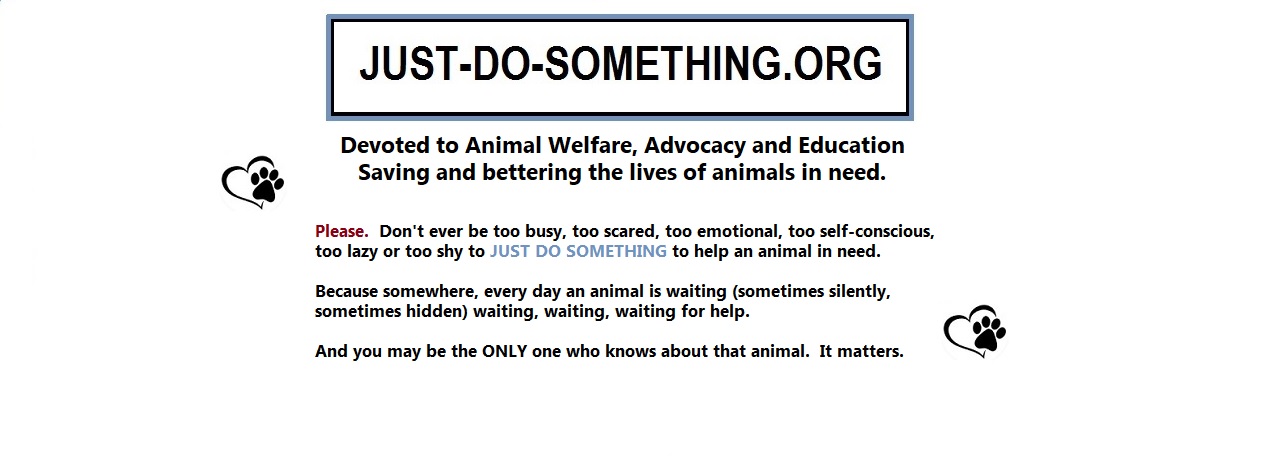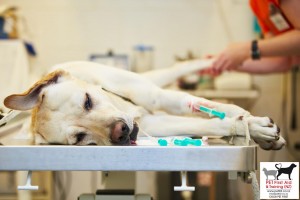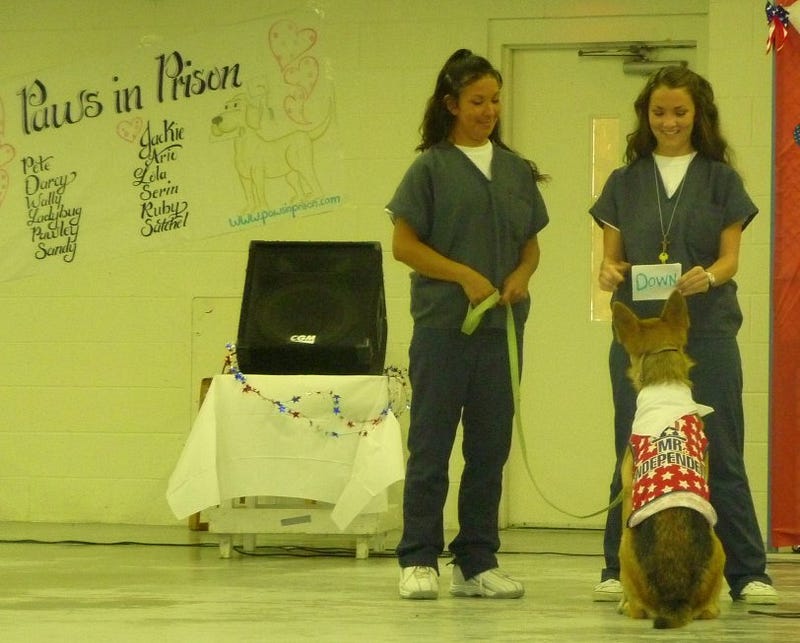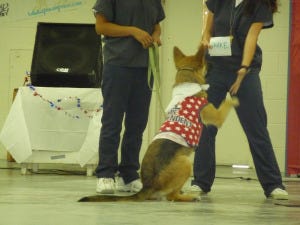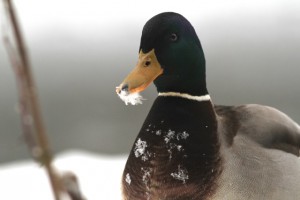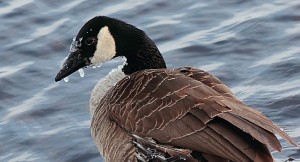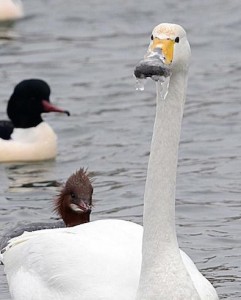Guest Blogger, Simon Robson (bestfriendsbuddy.com)
Why Animals?
One of the common questions I am asked is “Why do you help animals, when people need our help?”. I completely understand why people ask this question. I’ve noticed that when confronted, many other animal lovers and welfare and anti cruelty advocates will immediately jump on the defensive, declaring that animals have no voice and need humans. While this is undoubtedly true, there really is no need to to feel defensive, or think you have to overly justify the passion you have for welfare and cruelty issues.
In my mind, passion for any cause is created from one or both of two factors, personal experience, or exposure to negative facts. Whatever the reason, passion for a cause comes from an inner feeling to help and assist, ultimately making the world a better place. Therefore it doesn’t matter what cause you support, as long as you support what you believe in. And why should everyone support one cause anyway? Curing one problem in the world solves nothing. Only by having a variety of people supporting a variety of causes, can we really make an impact on the world as a whole.
However this does sometimes lead to follow up questions, such as “But how does helping animals benefit mankind?”. On first impression this questions may seem not to have an answer, however like all good causes you have to look deeper into an issue to truly understand it.
Firstly animal welfare. Obviously animal welfare is primarily concerned with improving the care, lifestyle and handling of animals, but inturn by doing so it challenges the processes, procedures and ethics of large national and multinational companies. Companies which wield power over governments and remain largely unchallenged, can be brought into the public eye and allow others to question them.
Secondly animal cruelty. As well as providing safe haven, care and treatment for abused and mistreated animals. fighting against animal cruelty also removes the ability for evil people to do more harm in the community.
So be proud of the cause you support, whatever it is. And be proud of everyone else that supports a good cause. They, like you, are trying to make a difference, and like you, their passion will directly and indirectly affect how we live our lives in the future.
Simon was born with a love for animals. Growing up with a family who trained Cocker Spaniels for agility and obedience competitions, he learnt to care for dogs from the day he could walk. That passion grew into a lifelong commitment to helping and defending creatures in need and distress. Simon has vocally and constructively fought for countless animals that many others had given up on, and is proud to have appeared on national television, discussing the rights of animals and animal adoption. His varied career has seen Simon learn to deal with the harsh realities of abandoned and mistreated pets. He strives to change the future of animal care through education.
Check out Bark, Wag & Blog on the Best Friends Buddy website – all geared towards Animal Welfare!
Go on Tumblr, Tweet and connect on Google with Best Friends Buddy for Animal Welfare!
